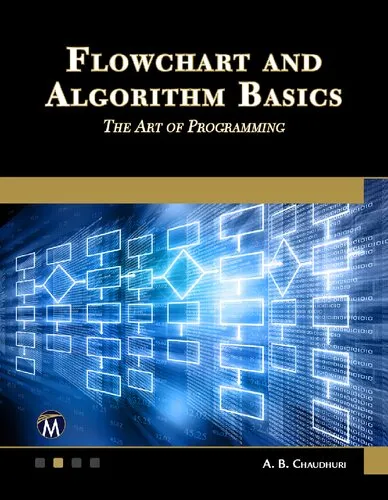Course of Theoretical Physics, Volume 4. Quantum Electrodynamics
4.5
Reviews from our users

You Can Ask your questions from this book's AI after Login
Each download or ask from book AI costs 2 points. To earn more free points, please visit the Points Guide Page and complete some valuable actions.Related Refrences:
Introduction to 'Course of Theoretical Physics, Volume 4. Quantum Electrodynamics'
The 'Course of Theoretical Physics, Volume 4. Quantum Electrodynamics' is an authoritative and distinguished work in the world of theoretical physics, written by three preeminent physicists: E. M. Lifshitz, V. B. Berestetski, and L. P. Pitaevskii. This book serves as an essential addition to the monumental 'Course of Theoretical Physics' series developed under the guidance of Lev D. Landau. Volume 4 delves into the complex yet fascinating realm of quantum electrodynamics (QED), a branch of physics that explores the interaction of light (photons) and matter (charged particles) through the principles of quantum mechanics and special relativity.
Considered one of the most comprehensive treatises on QED, this book lays down the theoretical framework and mathematical formulation necessary for a deep understanding of this cornerstone of modern physics. The authors adopt their trademark rigorous approach to present the mathematical foundations and key physical phenomena of QED, making this book invaluable to advanced students, researchers, and professionals in the field of quantum physics.
Detailed Summary of the Book
The book provides a methodical and detailed exposition of quantum electrodynamics. It begins with a precise introduction to relativistic quantum theory and gradually builds up to discuss the role of electromagnetic interactions in quantum processes. The underlying structure of quantum field theory is explored, particularly as it pertains to the Dirac equation and its implications for charged particles like electrons and positrons.
Subsequent sections delve into key topics such as the quantization of the electromagnetic field, the concept of gauge invariance, and the renormalization of physical quantities like charge and mass. Advanced phenomena including radiative corrections, vacuum polarization, and the anomalous magnetic moment are addressed with mathematical rigor and clarity.
In addition to theoretical developments, the book bridges the gap to experimental results, showcasing how theoretical predictions correspond to actual observations. The text also covers interactions of electrons and photons, Compton scattering, and pair production, providing readers with concrete examples of QED in action.
Key Takeaways
- Comprehensive understanding of relativistic quantum mechanics and its application in QED.
- Insight into the quantization of electromagnetic fields and the mathematical structure underpinning QED.
- In-depth exploration of advanced concepts like radiative corrections, vacuum polarization, and renormalization.
- Connections between theoretical predictions and experimental observations in quantum electrodynamics.
- A foundational resource that paves the way for future studies in quantum field theory and particle physics.
Famous Quotes from the Book
"Quantum electrodynamics is the foundation upon which rests not only our understanding of elementary particle physics but also much of condensed matter physics."
"The interplay of theory and experiment in quantum electrodynamics exemplifies the beauty and rigor of modern physics."
"The necessity of renormalization reflects the nuanced complexity of physical theories and their reconciliation with observable phenomena."
Why This Book Matters
This book provides unparalleled insights into quantum electrodynamics, a field recognized as one of the most accurate and predictive theories in the history of physics. It equips readers with the mathematical tools and theoretical knowledge to tackle problems in quantum field theory and beyond, making it a seminal text for those pursuing advanced studies in physics. Moreover, the structured methodology and clarity ensure that readers not only grasp the fundamental concepts but also appreciate the broader implications of QED in modern science.
The collaboration of three brilliant minds—Lifshitz, Berestetski, and Pitaevskii—ensures this book’s enduring relevance and status as a cornerstone of scientific literature. By bridging theoretical rigor with real-world applications, it remains an invaluable resource for academics, researchers, and students alike.
Free Direct Download
You Can Download this book after Login
Accessing books through legal platforms and public libraries not only supports the rights of authors and publishers but also contributes to the sustainability of reading culture. Before downloading, please take a moment to consider these options.
Find this book on other platforms:
WorldCat helps you find books in libraries worldwide.
See ratings, reviews, and discussions on Goodreads.
Find and buy rare or used books on AbeBooks.
1151
بازدید4.5
امتیاز0
نظر98%
رضایتReviews:
4.5
Based on 0 users review
Questions & Answers
Ask questions about this book or help others by answering
No questions yet. Be the first to ask!






![The Ultimate iOS Interview Playbook: Conquer Swift, frameworks, design patterns, and app architecture [Team-IRA]](https://s3.refhub.ir/images/thumb/The_Ultimate_iOS_Interview_Playbook__Conquer__29925.webp)







